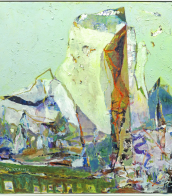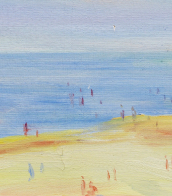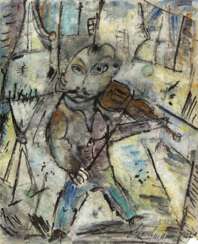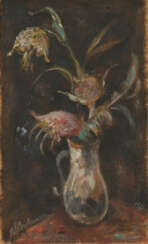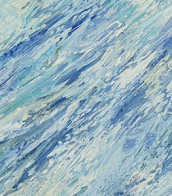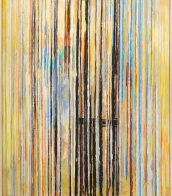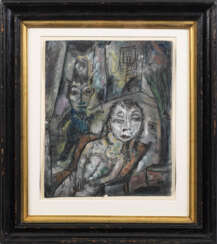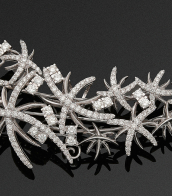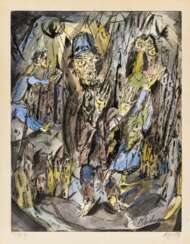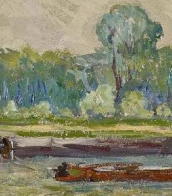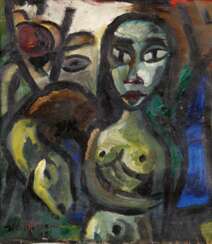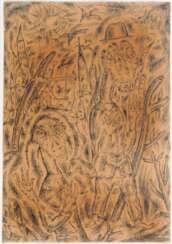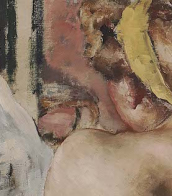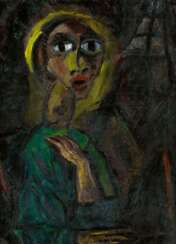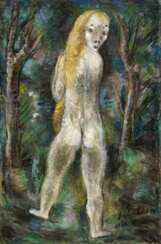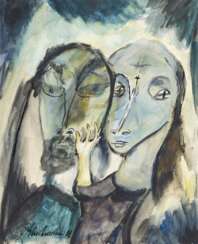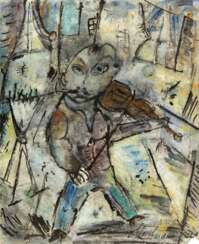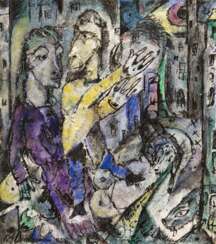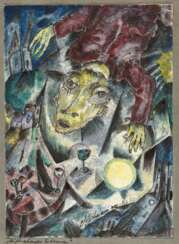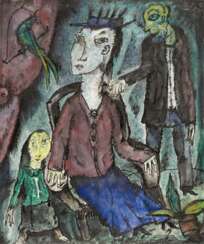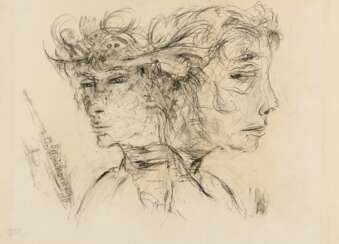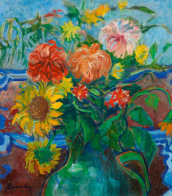otto gleichmann (1887 - 1963)
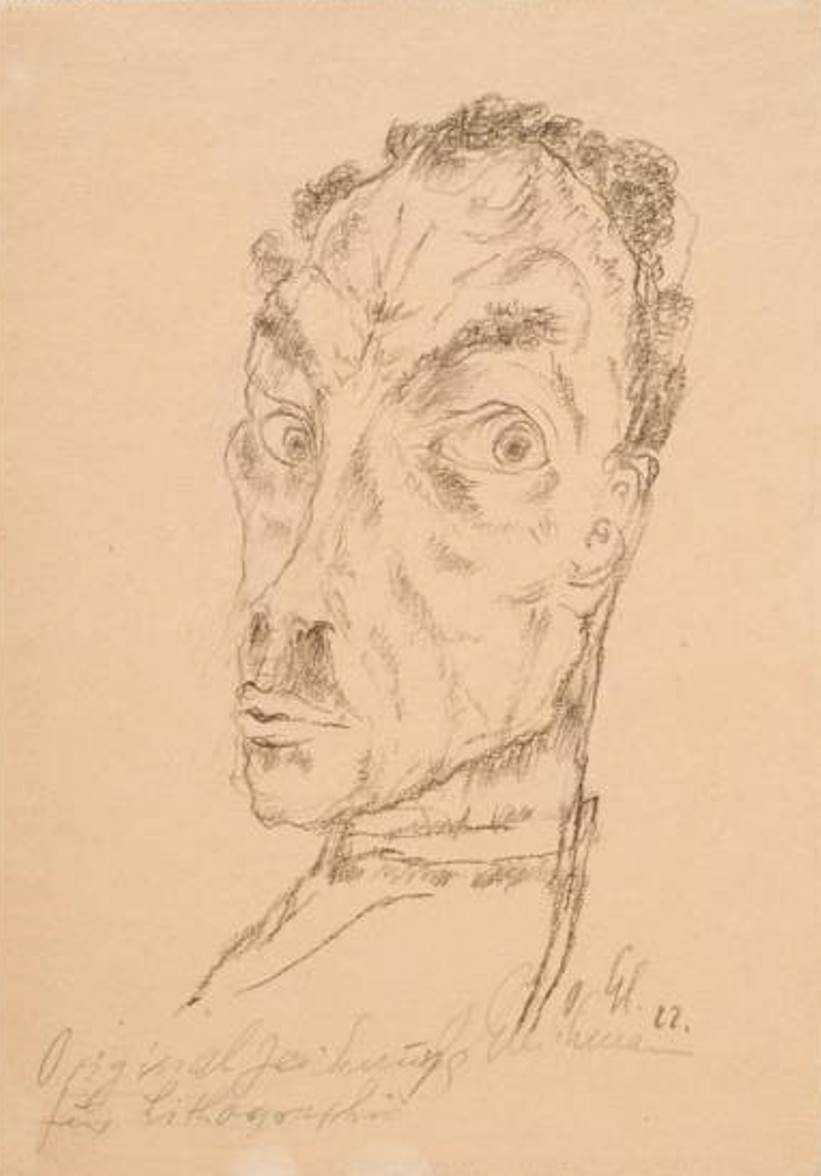
Otto Gleichmann is a German artist, a bright representative of German Expressionism.
Otto Gleichmann studied at art academies in Düsseldorf, Breslau and Weimar. While in the army during World War I, he was wounded and absorbed the beliefs of the viciousness of National Socialism. In 1918, together with his wife, he joined the Hanover Secession group of artists and painted expressionist oil paintings, watercolors, drawings, lithographs, and mixed media works, the subjects of which were influenced in particular by his wartime experiences and impressions.
In 1937, Gleichmann's watercolors and prints were confiscated by the National Socialists from state collections as part of the "Degenerate Art" campaign, and most were destroyed.


Otto Gleichmann is a German artist, a bright representative of German Expressionism.
Otto Gleichmann studied at art academies in Düsseldorf, Breslau and Weimar. While in the army during World War I, he was wounded and absorbed the beliefs of the viciousness of National Socialism. In 1918, together with his wife, he joined the Hanover Secession group of artists and painted expressionist oil paintings, watercolors, drawings, lithographs, and mixed media works, the subjects of which were influenced in particular by his wartime experiences and impressions.
In 1937, Gleichmann's watercolors and prints were confiscated by the National Socialists from state collections as part of the "Degenerate Art" campaign, and most were destroyed.
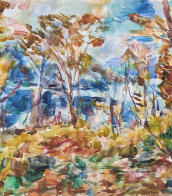

Otto Gleichmann is a German artist, a bright representative of German Expressionism.
Otto Gleichmann studied at art academies in Düsseldorf, Breslau and Weimar. While in the army during World War I, he was wounded and absorbed the beliefs of the viciousness of National Socialism. In 1918, together with his wife, he joined the Hanover Secession group of artists and painted expressionist oil paintings, watercolors, drawings, lithographs, and mixed media works, the subjects of which were influenced in particular by his wartime experiences and impressions.
In 1937, Gleichmann's watercolors and prints were confiscated by the National Socialists from state collections as part of the "Degenerate Art" campaign, and most were destroyed.
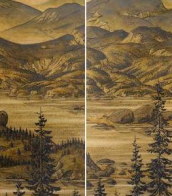

Otto Gleichmann is a German artist, a bright representative of German Expressionism.
Otto Gleichmann studied at art academies in Düsseldorf, Breslau and Weimar. While in the army during World War I, he was wounded and absorbed the beliefs of the viciousness of National Socialism. In 1918, together with his wife, he joined the Hanover Secession group of artists and painted expressionist oil paintings, watercolors, drawings, lithographs, and mixed media works, the subjects of which were influenced in particular by his wartime experiences and impressions.
In 1937, Gleichmann's watercolors and prints were confiscated by the National Socialists from state collections as part of the "Degenerate Art" campaign, and most were destroyed.


Otto Gleichmann is a German artist, a bright representative of German Expressionism.
Otto Gleichmann studied at art academies in Düsseldorf, Breslau and Weimar. While in the army during World War I, he was wounded and absorbed the beliefs of the viciousness of National Socialism. In 1918, together with his wife, he joined the Hanover Secession group of artists and painted expressionist oil paintings, watercolors, drawings, lithographs, and mixed media works, the subjects of which were influenced in particular by his wartime experiences and impressions.
In 1937, Gleichmann's watercolors and prints were confiscated by the National Socialists from state collections as part of the "Degenerate Art" campaign, and most were destroyed.










